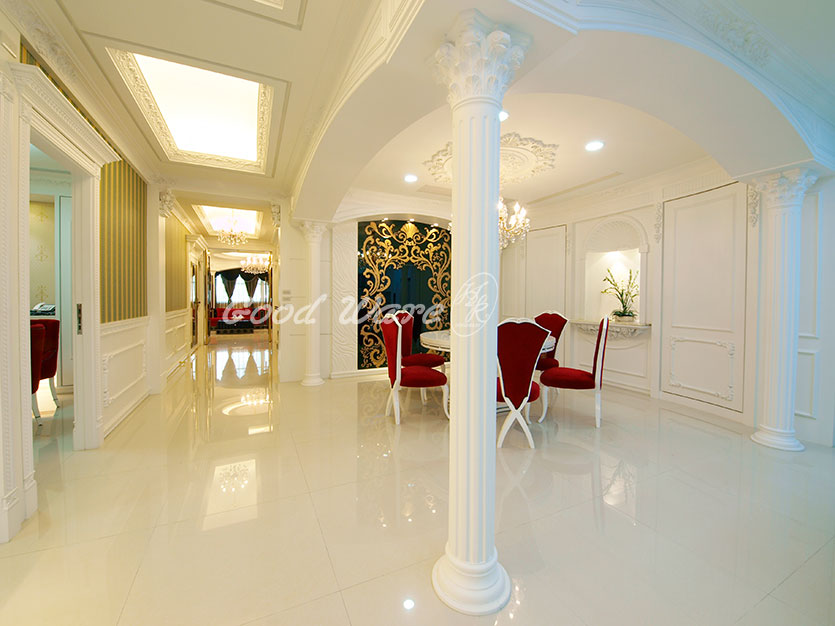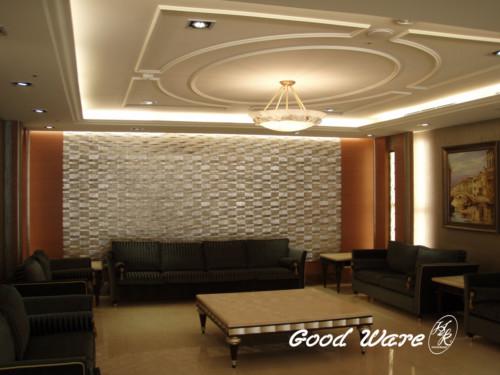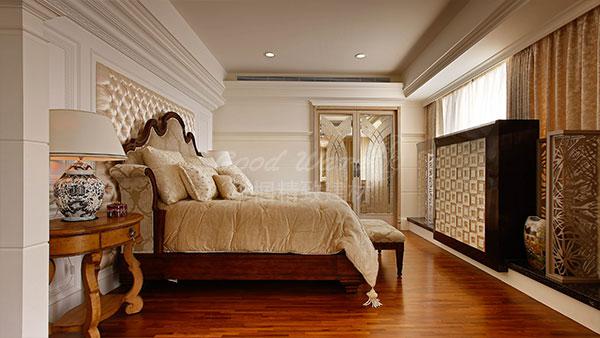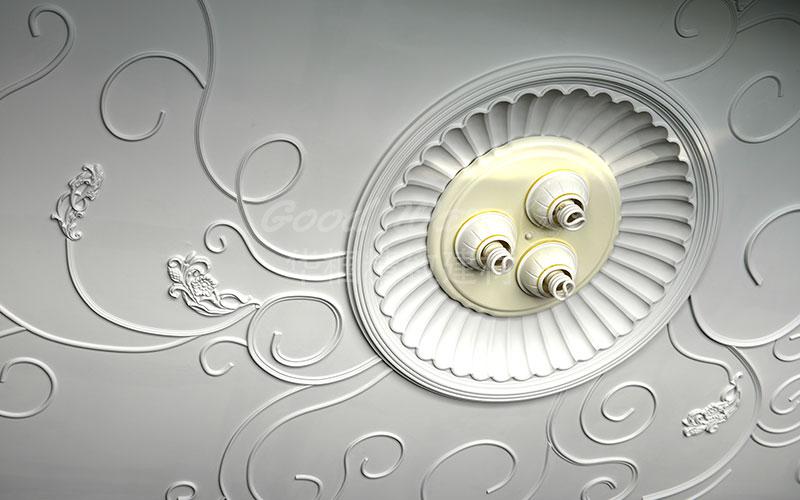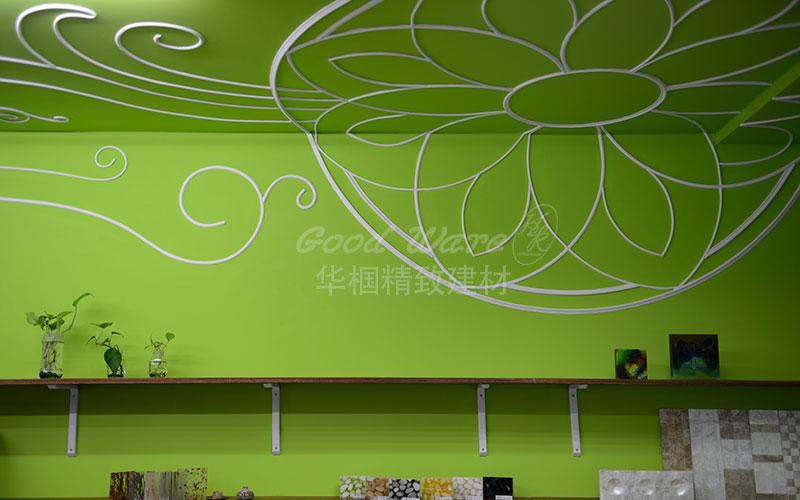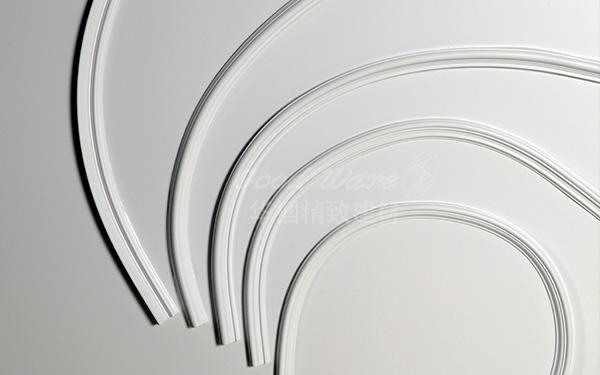Decorative roman columns are perfect for adding an authentic touch to your next toga party or as stage props for a classical play. They also make elegant touches for formal gatherings, fraternity parties and weddings. Real columns are far too heavy and unwieldy to use in a temporary setting, though. Fortunately, with the variety of inexpensive materials on the market today, you can achieve the effect of real Roman columns without breaking the bank or your back. This 12-inch diameter by 8-foot tall column makes use of both sheet and flexible corrugated plastic in its construction.
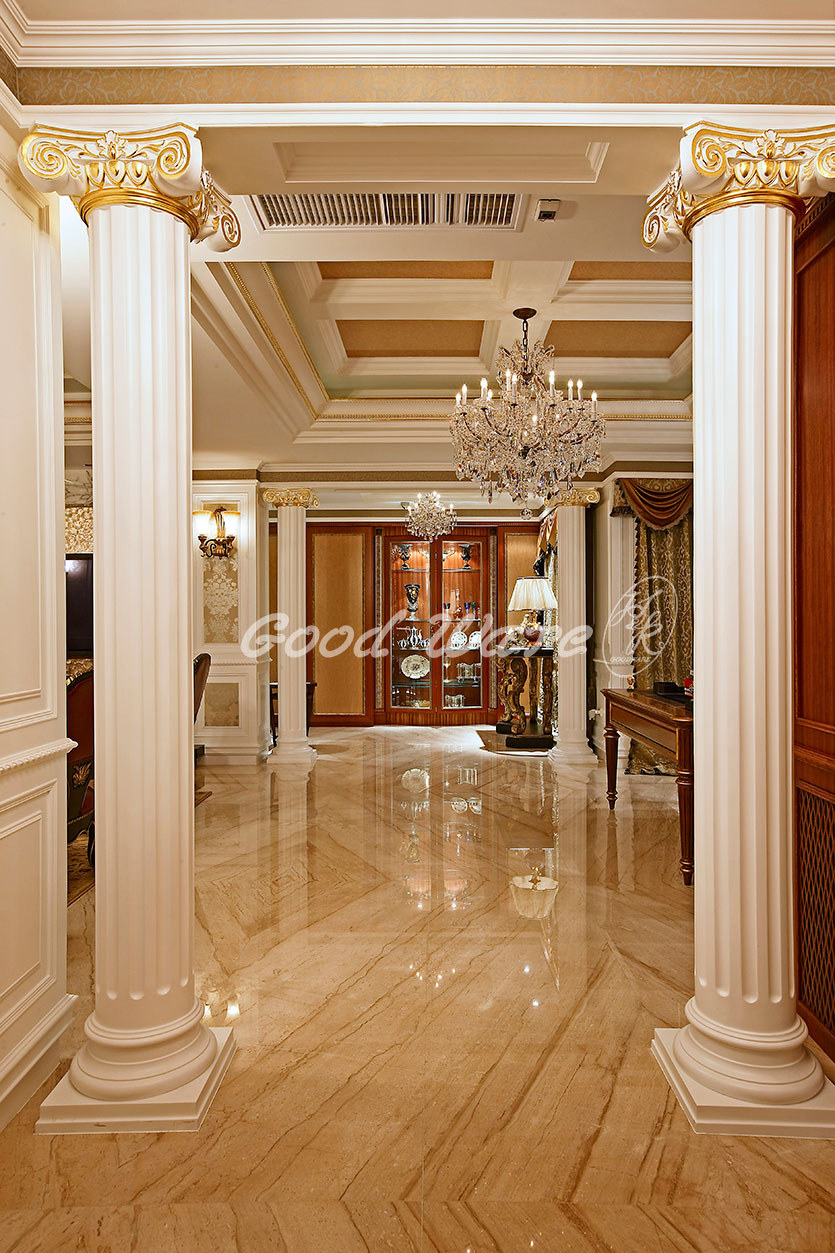
You may also like our polyurethane molding
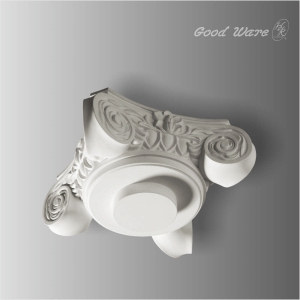 |
 |
|
| GV-101H Polyurethane roman column capitals | GV-CP Polyurethane fluted columns |
When one thinks of Roman architecture, many things come to mind, such as arches, roman columns, statues, and richly covered surfaces in marbles. One must stop to think that this empire, which gained power and influence in the first century BC, must have been influenced from the thousands of years of cultures preceding them in order to create their masterpieces of ingenuity. The ancient and modern Greek architecture is characterized by tabulated and refined columnar architecture. The Parthenon architecture used Doric roman columns and the floor plan was rectangular but with several low steps in either sides. On the other hand the pantheon monument which represents roman architecture is a circular concrete dome building with Corinthian roman columns. The Corinthian roman columns were some of the Greek architecture designs that the Roman had borrowed from Greek architecture.
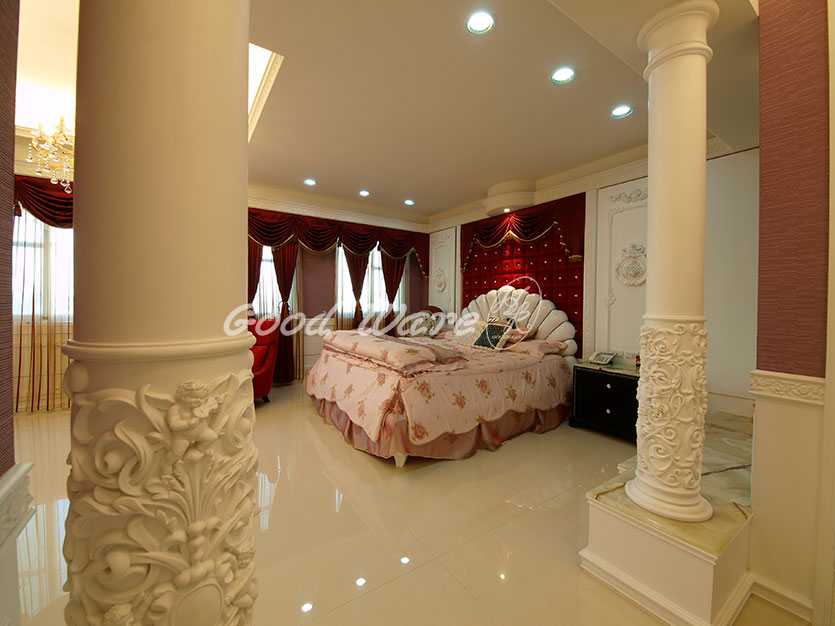
You may also like our polyurethane molding
 |
 |
|
| GC-51 Decorative roman columns | WL-601 Wall plaques for living room |
Info. About Roman Column
A decorative roman column or pillar in architecture and structural engineering is a structural element that transmits, through compression, the weight of the structure above to other structural elements below. In other word, a roman column is a compression member. The term roman column applies especially to a large round support (the shaft of the roman column) with a capital and a base or pedestal and made of stone, or appearing to be so. A small PU support is typically called a post, and supports with a rectangular or other non-round section are usually called piers. For the purpose of wind or earthquake engineering, roman columns may be designed to resist lateral forces. Other compression members are often termed “roman columns” because of the similar stress conditions. Roman columns are frequently used to support beams or arches on which the upper parts of walls or ceilings rest. In architecture, “column” refers to such a structural element that also has certain proportional and decorative features. A roman column might also be a decorative element not needed for structural purposes; many columns are “engaged”, that is to say form part of a wall.
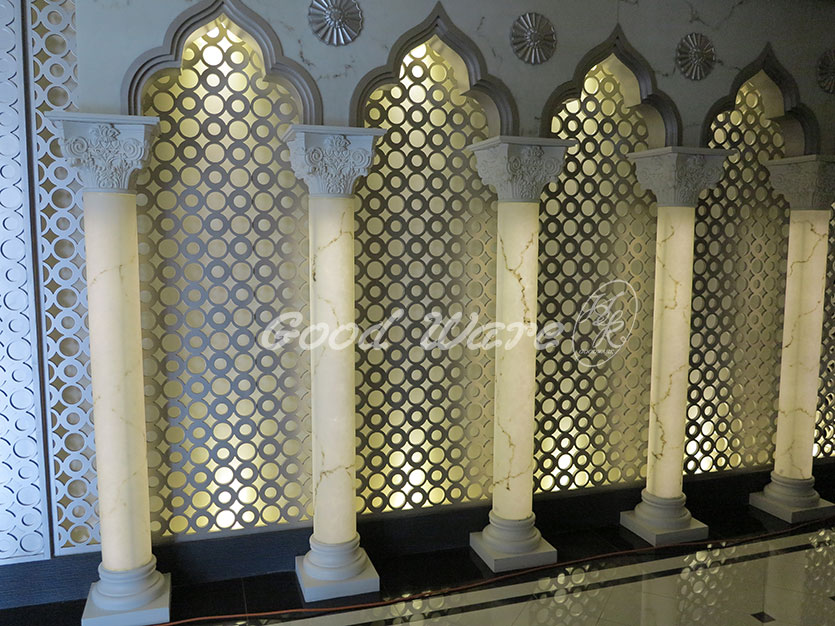
You may also like our polyurethane molding
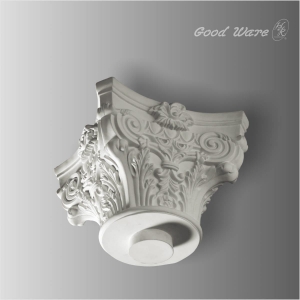 |
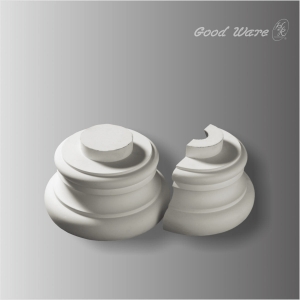 |
|
| GV-102H Corinthian column caps | GV-S Polyurethane column base |
5 steps to set up a decorative roman column
- Find the center of two of the 18-inch squares by laying the yardstick corner to corner, diagonally across the square. Make a reference dot at the center point of that measurement. Check for accuracy by repeating the procedure with the opposite two corners.
- Use those dots to draw a 13.5-inch diameter circle with the compass within each of the two marked 17-inch square, leaving a 1.8-inch border on each side of the circle.
- Cut out both circles carefully using a sharp craft knife. Don’t damage the plastic on either side of the squares.
- Lay one 15-inch square- without a cut-out circle- flat on a table and use hot glue to adhere one 5-by-60-inch strip around the perimeter of the square, bending the strip at each corner for a crisp edge.
- Cut off any excess from the strip where the end meets the starting point. Repeat with the other uncut square and strip. You should now have two shallow, open boxes.
Follow the same procedure in Step 5 to glue the squares with cutouts on top of the two boxes formed previously. You will have two completing boxes with 12.9-inch holes in the top.
